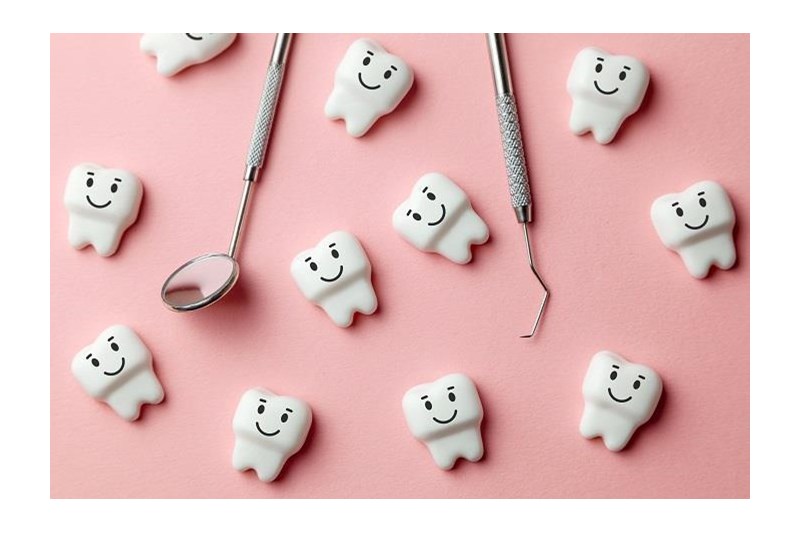Shapeshifting micro-robots can brush and floss teeth
Published: 10/07/2022
In a recent proof-of-concept study, a team from University of Pennsylvania have shown that a shapeshifting mic-robotic microswarm can be used to brush, rinse and floss in one.
The micro-robots are built from iron oxide nanoparticles that have both catalytic and magnetic activity. Researchers could organise their motion through using a magnetic field. The robots can form bristle like structures to sweep away plaque, or elongated strings that can slip between teeth like a length of floss. A catalytic reaction in the particles causes the nanoparticles to produce antimicrobials which kill harmful oral bacteria.
The result?
These micro-robots nearly eliminate the biofilm that leads to cavities and gum disease.
The customizable nature of the system, the researchers say, could make it gentle enough for clinical use, but also personalized, able to adapt to the unique topographies of a patient’s oral cavity.
Hyun (Michel) Koo, a professor in the Department of Orthodontics and divisions of Community Oral Health and Pediatric Dentistry in University of Pennsylvania’s School of Dental Medicine and co-corresponding author on the study said, “We have this technology that’s as or more effective as brushing and flossing your teeth but doesn’t require manual dexterity. We’d love to see this helping the geriatric population and people with disabilities. We believe it will disrupt current modalities and majorly advance oral health care.”
Author: N/A









.jpg?width=150&height=100&scale=canvas)



